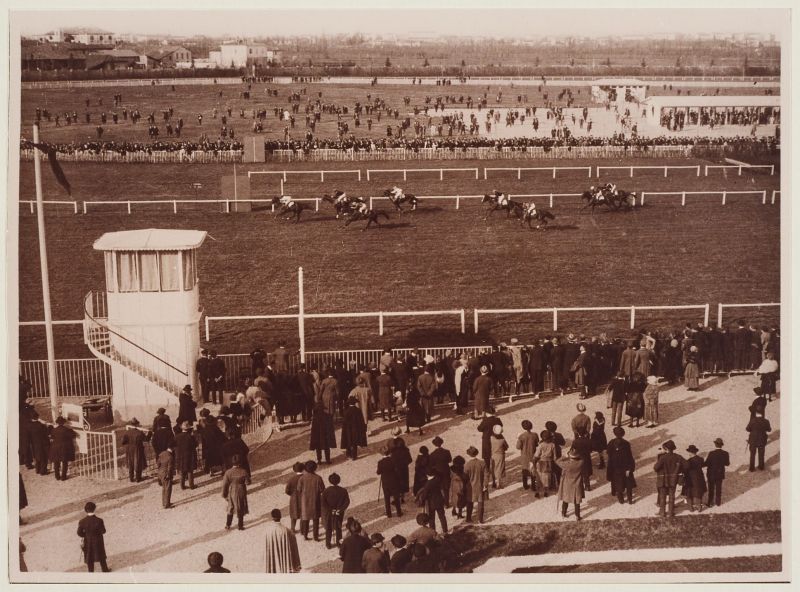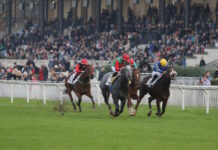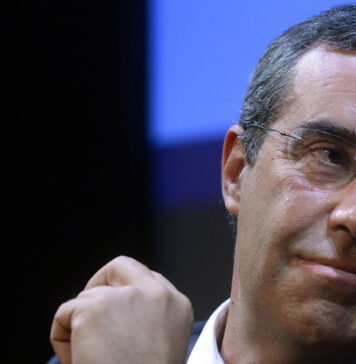Even the Snai racetracks they celebrate 70 years of Italian television, completed last year 3st January. THE'horse racing, in addition to football, it was the first discipline broadcast on the screen between the end of 1953, in the trial period scheduled by Rai, and then in the second part of 1954. In both cases the tracks of theSan Siro racecourse trotting And that of San Siro gallop.
Before the trot with a report broadcast at Sports Sunday in the episode of 13 December of the 1953 which told the account of Olona Award won by Unico ahead of Terrore and Toni Prà. And then the gallop, In 'October 1954, with the first real live commentary of Grand Prix of the Italian Jockey Club to the microphone of the unforgotten Alberto Giubilo, Italian journalist and sports commentator as well as the voice of horse racing and equestrianism from 1946 to 1997.
In that live from '54 he was still the first to cross the finish line Norman, French horse, already winner of the previous edition. And in that same year there are also video fragments of an unknown but talented horse: his name? Ribot, that he made his debut at the San Siro racecourse in July 1954 and who in the following years became the emblem of international galloping thanks to the images of his successes broadcast on television. Horse racing in that period was very popular not only by enthusiasts, but also by ordinary people.
In In 1950, there were 41 Italian racetracks in operation with 17 plants present in the north, 13 in the center and 11 in the south. And always in those years, the prestigious races of the Italian tradition, such as the Royal Derby later transformed into the Italian Derby, the Milan Grand Prix and the Italian Grand Prix, were added to the Jockey Club Grand Prix, but the race was founded in 1921 with Priapus first winner, and the President of the Republic Grand Prize.
Di televisions, compared to today, there were very few in Italy; less than 30 thousand and all concentrated in the two industrial cities of Milan and Turin, while the other devices were scattered across the northern regions, but also in Lazio, Tuscany, Umbria and the Marche. Those who didn't own the box with the cathode ray tube went to watch the programs at the bar or at their neighbor's house. It was a luxury good: buy an appliance a 17 inches cost 200 thousand lire, almost 6 months' salary for a worker at the time, and the first subscription fee was 15 thousand lire.












